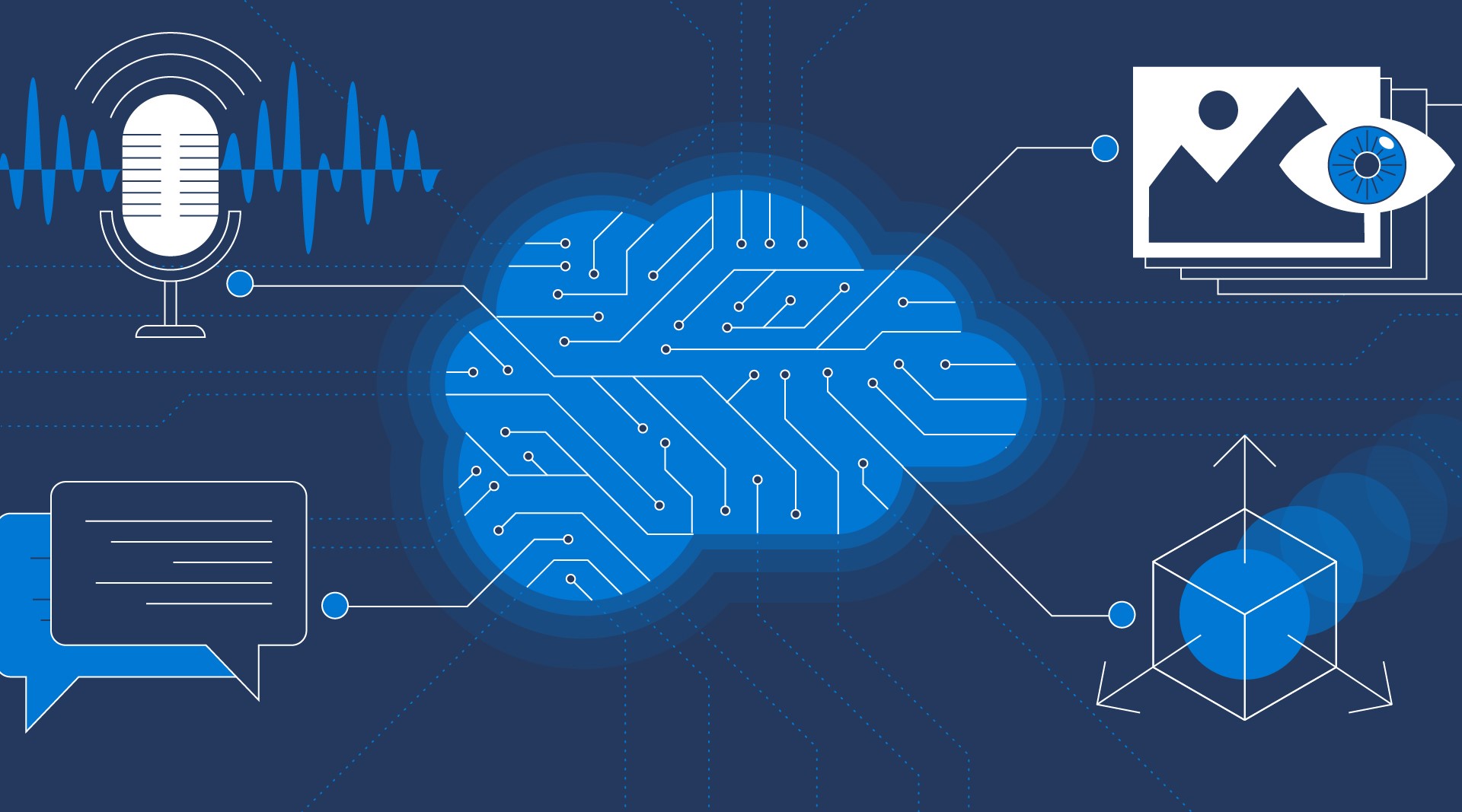
What is Multimodal AI? Multimodal AI is a type of artificial intelligence that can process and understand multiple types of data simultaneously, such as text, images, and audio. This technology mimics how humans use various senses to comprehend the world around them. Imagine a system that can read a book, recognize objects in a photo, and understand spoken language all at once. Multimodal AI has applications in healthcare, education, and entertainment, making it a versatile tool for solving complex problems. By integrating different data types, it provides more accurate and comprehensive insights, enhancing decision-making processes.
What is Multimodal AI?
Multimodal AI refers to artificial intelligence systems that can process and understand multiple types of data simultaneously. This includes text, images, audio, and even video. By integrating different data types, these systems can perform more complex tasks and provide richer insights.
-
Combines Multiple Data Types: Multimodal AI can analyze text, images, audio, and video together, offering a more comprehensive understanding of information.
-
Enhanced Contextual Understanding: By integrating various data types, these systems can grasp context better, leading to more accurate interpretations and responses.
How Does Multimodal AI Work?
Understanding the mechanics behind multimodal AI can be fascinating. These systems use advanced algorithms and neural networks to process and integrate different data types.
-
Neural Networks: Multimodal AI relies on neural networks to process and integrate data from different sources.
-
Data Fusion: This technique combines data from multiple modalities to create a unified representation, enhancing the system's decision-making capabilities.
Applications of Multimodal AI
Multimodal AI has a wide range of applications across various industries. From healthcare to entertainment, its potential is vast.
-
Healthcare Diagnostics: Multimodal AI can analyze medical images and patient records simultaneously, improving diagnostic accuracy.
-
Virtual Assistants: These systems can understand and respond to voice commands while also processing visual cues, making interactions more natural.
-
Autonomous Vehicles: By integrating data from cameras, radar, and other sensors, multimodal AI helps self-driving cars navigate more safely.
Benefits of Multimodal AI
The advantages of using multimodal AI are numerous. These systems offer improved accuracy, efficiency, and user experience.
-
Improved Accuracy: By considering multiple data types, multimodal AI can make more accurate predictions and decisions.
-
Enhanced User Experience: Integrating different data types allows for more natural and intuitive interactions with AI systems.
Challenges in Multimodal AI
Despite its potential, multimodal AI faces several challenges. These include data integration, computational complexity, and ethical concerns.
-
Data Integration: Combining different data types can be complex and requires sophisticated algorithms.
-
Computational Complexity: Processing multiple data types simultaneously demands significant computational power.
-
Ethical Concerns: The use of multimodal AI raises ethical questions, particularly around privacy and data security.
Future of Multimodal AI
The future of multimodal AI looks promising. Advances in technology and increased research efforts are likely to overcome current challenges and unlock new possibilities.
-
Technological Advancements: Ongoing research and development are expected to improve the capabilities and efficiency of multimodal AI systems.
-
New Applications: As technology evolves, new applications for multimodal AI will emerge, further expanding its impact.
Real-World Examples of Multimodal AI
Several real-world examples showcase the power and potential of multimodal AI. These examples highlight its versatility and effectiveness.
-
Google Lens: This app uses multimodal AI to analyze images and provide relevant information, such as identifying objects or translating text.
-
Amazon Echo Show: This device combines voice recognition with a screen, allowing users to interact with it using both voice and touch.
Research and Development in Multimodal AI
Ongoing research and development efforts are crucial for advancing multimodal AI. These efforts focus on improving algorithms, data integration, and ethical considerations.
-
Algorithm Improvement: Researchers are continually working on developing more efficient algorithms for processing and integrating multiple data types.
-
Data Integration Techniques: New techniques are being developed to better integrate and analyze different data types, enhancing the capabilities of multimodal AI systems.
-
Ethical Research: Addressing ethical concerns is a key focus of research, ensuring that multimodal AI is developed and used responsibly.
The Future of Multimodal AI
Multimodal AI is changing how we interact with technology. By combining text, images, and sounds, it creates more intuitive and efficient systems. Think about virtual assistants that understand not just your words but also your gestures and facial expressions. This tech isn't just for gadgets; it's making waves in healthcare, education, and entertainment.
Imagine a doctor diagnosing patients faster with AI analyzing medical images and patient history simultaneously. Or students learning through interactive lessons that adapt to their needs. The possibilities are endless.
However, with great power comes responsibility. Ethical considerations, data privacy, and the potential for misuse are challenges that need addressing. As we move forward, balancing innovation with caution is key.
Multimodal AI is here to stay, and its impact will only grow. Staying informed and engaged with its development ensures we harness its benefits while mitigating risks.
Was this page helpful?
Our commitment to delivering trustworthy and engaging content is at the heart of what we do. Each fact on our site is contributed by real users like you, bringing a wealth of diverse insights and information. To ensure the highest standards of accuracy and reliability, our dedicated editors meticulously review each submission. This process guarantees that the facts we share are not only fascinating but also credible. Trust in our commitment to quality and authenticity as you explore and learn with us.


